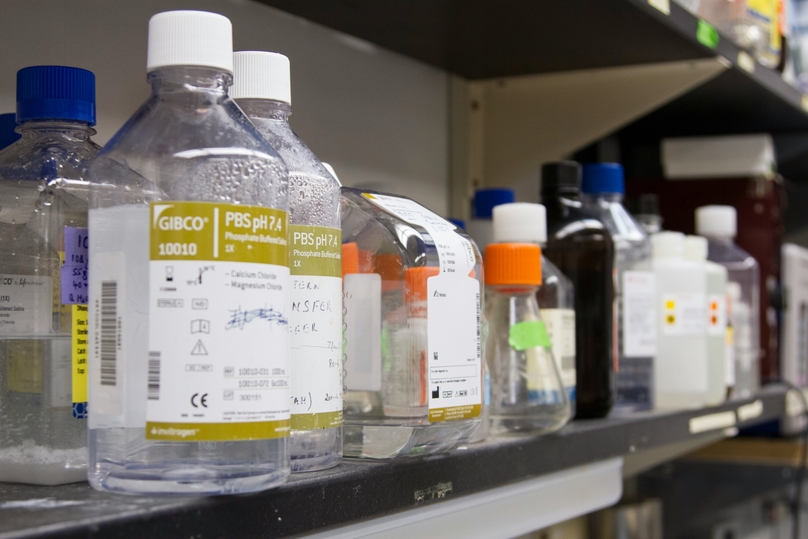In the age of digital laboratories, ensuring the integrity and efficiency of a Laboratory Information Management System (LIMS) through validation is non-negotiable. Validation plays a pivotal role in confirming that LIMS operates according to its intended purpose, adheres to regulatory standards, and supports seamless laboratory operations. This guide outlines the essential steps on how to perform validation on LIMS, aimed at laboratory managers, IT professionals, and quality assurance teams dedicated to upholding the highest standards of data integrity and operational efficiency.
Understanding the Need for LIMS Validation
Before getting into the validation process, it's crucial to grasp why validation is indispensable. LIMS validation is not merely a regulatory hurdle; it's a foundational process that ensures the LIMS can reliably manage data, automate workflows, and generate accurate reports. It's about building confidence among users, stakeholders, and regulatory bodies that the laboratory's digital backbone is robust, secure, and compliant.
System Selection
The journey to effective LIMS validation begins with selecting the right system. This step is critical for laboratories at the initial stage of digital transformation or those looking to upgrade their current LIMS. The selection process should consider the system's scalability, compatibility with existing laboratory hardware and software, and its ability to meet the specific operational needs of the laboratory. A thorough market assessment, along with pilot testing and vendor evaluations, can aid in choosing a system that aligns with the laboratory's long-term goals.
LIMS Validation Plan
Developing a comprehensive LIMS validation plan is the next critical step. This plan outlines the scope, objectives, strategies, and timelines for the validation activities. It should also account for potential downtimes and how they will be managed to minimize disruption to ongoing laboratory operations. A well-structured validation plan serves as a roadmap, guiding all subsequent validation efforts and ensuring that all regulatory and technical requirements are addressed.
Detailed System Requirements
Identifying and documenting detailed system requirements is fundamental to the validation process. This includes the User Requirement Specification (URS), Functional Requirement Specification (FRS), Design Specification, and the Trace Matrix. These documents collectively ensure that the LIMS is designed and configured to meet the specific needs of the laboratory. The URS captures the essential functionalities and capabilities that the LIMS must provide, while the FRS and Design Specification detail how these requirements will be technically realized.
Installation Qualification (IQ)
Installation Qualification marks the first phase of the hands-on validation process. IQ verifies that the LIMS software has been installed correctly and all components are properly configured. This step is crucial for ensuring that the software's installation aligns with the vendor's specifications and the laboratory's IT infrastructure. Documentation generated during the IQ phase provides evidence that the system has been set up correctly, laying the groundwork for operational and performance qualification.
Operational Qualification (OQ)
Operational Qualification assesses whether the LIMS functions as intended within the user environment. OQ involves a series of tests designed to validate the system's operation under specified conditions. These tests cover a wide range of functionalities, including data entry, data processing, report generation, and system security. The goal is to confirm that the LIMS can handle the laboratory's day-to-day operations reliably and accurately.
Performance Qualification (PQ)
Performance Qualification is the final step in the hands-on testing phase of LIMS validation. PQ tests the LIMS under actual or simulated operating conditions to ensure it performs as expected in the real-world laboratory environment. This involves rigorous testing of the system with real data and workflows to verify that it can handle the laboratory's operational demands consistently and accurately. The PQ phase is critical for demonstrating that the LIMS will deliver reliable, accurate results over time under all expected conditions.
Overcoming Validation Challenges
The path to successful LIMS validation can be fraught with challenges, from underestimating resource requirements to adapting to evolving regulatory standards. Effective project management, stakeholder engagement, and flexibility in approach are key to addressing these challenges. It's important to anticipate potential obstacles and develop contingency plans to mitigate risks, ensuring that the validation process stays on track.
Maintaining Validation Over Time
LIMS validation is not a one-time event but an ongoing commitment. As laboratory operations evolve and regulatory requirements change, the LIMS must be periodically re-evaluated to ensure it continues to meet all necessary standards. Regular reviews, updates, and re-validation activities are essential for maintaining the system's compliance and operational efficiency. This includes updating the validation documentation to reflect any changes in the system or its use.
How Genemod Can Help
At Genemod, we understand the complexities and critical importance of LIMS validation for laboratory operations. Our approach to supporting laboratories in this process is comprehensive, offering both software solutions and expertise to streamline validation efforts.
- Simplified Validation Process: Our LIMS solutions are designed with validation in mind, offering intuitive features and robust documentation that simplify the validation process. From initial system selection to ongoing maintenance, we provide clear guidelines and support to ensure your validation efforts are efficient and effective.
- Expert Support: Our team of experts is available to assist with every aspect of LIMS validation, offering guidance on best practices, regulatory compliance, and technical challenges. We work closely with our clients to develop customized validation plans that meet their specific needs and ensure successful outcomes.
- Ongoing Compliance and Efficiency: Genemod's commitment to our clients extends beyond the initial validation. We offer continuous support and updates to ensure that your LIMS remains compliant with regulatory standards and aligned with your laboratory's evolving needs. Our focus is on ensuring that your LIMS continues to operate at peak efficiency with minimal disruption to your laboratory operations.
Performing validation on LIMS is a critical step in ensuring that laboratories operate with the highest standards of accuracy, efficiency, and compliance. By following the outlined steps and overcoming challenges with strategic planning and expert support, laboratories can achieve successful LIMS validation. With Genemod's assistance, laboratories can navigate the validation process more smoothly, ensuring that their LIMS is not only compliant but also fully optimized to support their operations now and in the future.















